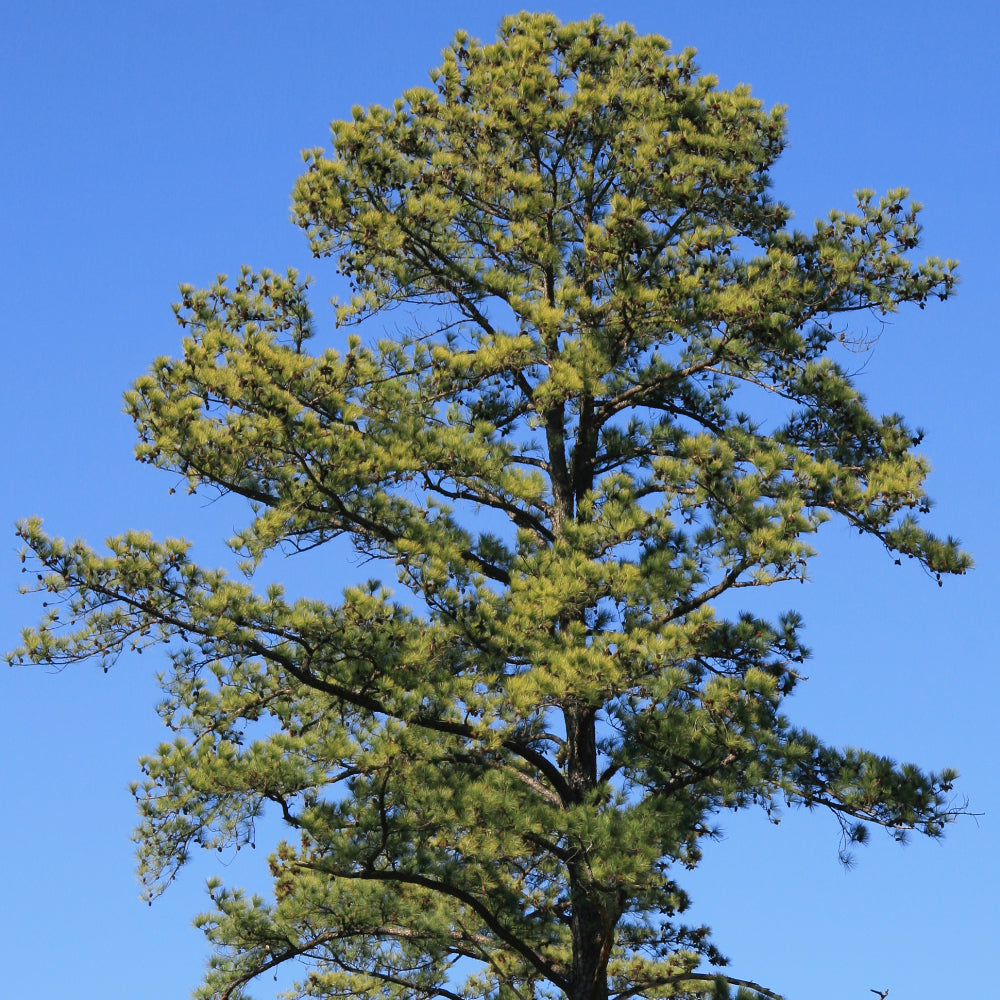The loblolly pine, which is the second most prevalent tree in the country after the red maple, is regarded as having the most valuable commercial timber in the Southeast. It is a big, quickly-growing pine that can be identified from other pines by the way its needles are arranged, their size, and how sticky they are. The loblolly's three-bunched, 5-8 inch long needles are long. During their dormant season, which runs from November to March, loblolly pine trees are typically planted.
| Plant Type |
Native, Trees |
| Exposure |
Full Sun |
| Season of Interest |
Spring, Summer, Fall, Winter |
| Height | 45' - 55' (ft), 55' - 75' (ft), 75' - 100' (ft) |
| Spread | 25' - 35' (ft) |
| Water Needs |
Low |
| Maintenance |
Low |
| Soil Type |
Clay, Loam, Sand |
| Soil PH |
Acid |
| Soil Drainage |
Moist but Well-Drained |
| Characteristics |
Evergreen, Fragrant |
| Tolerance |
Deer, Drought |
| Attracts |
Birds, Butterflies, Wildlife |
| Garden Uses |
Rain Gardens |
Loblolly Pine | Pinus Taeda || The loblolly pine, which is the second most prevalent tree in the country after the red maple, is regarded as having the most valuable commercial timber in the Southeast. It is a big, quickly-growing pine that can be identified from other pines by the way its needles are arranged, their size, and how sticky they are. The loblolly's three-bunched, 5-8 inch long needles are long. During their dormant season, which runs from November to March, loblolly pine trees are typically planted.
Native,
Full Sun,
Spring, Summer, Fall, Winter,
Low Water Needs, Low Maintenance, Moist but Well-Drained,
Evergreen, Fragrant,
Deer Tolerant, Drought Tolerant,
Attracts Birds, Attracts Butterflies, Attracts Wildlife, Rain Gardens


